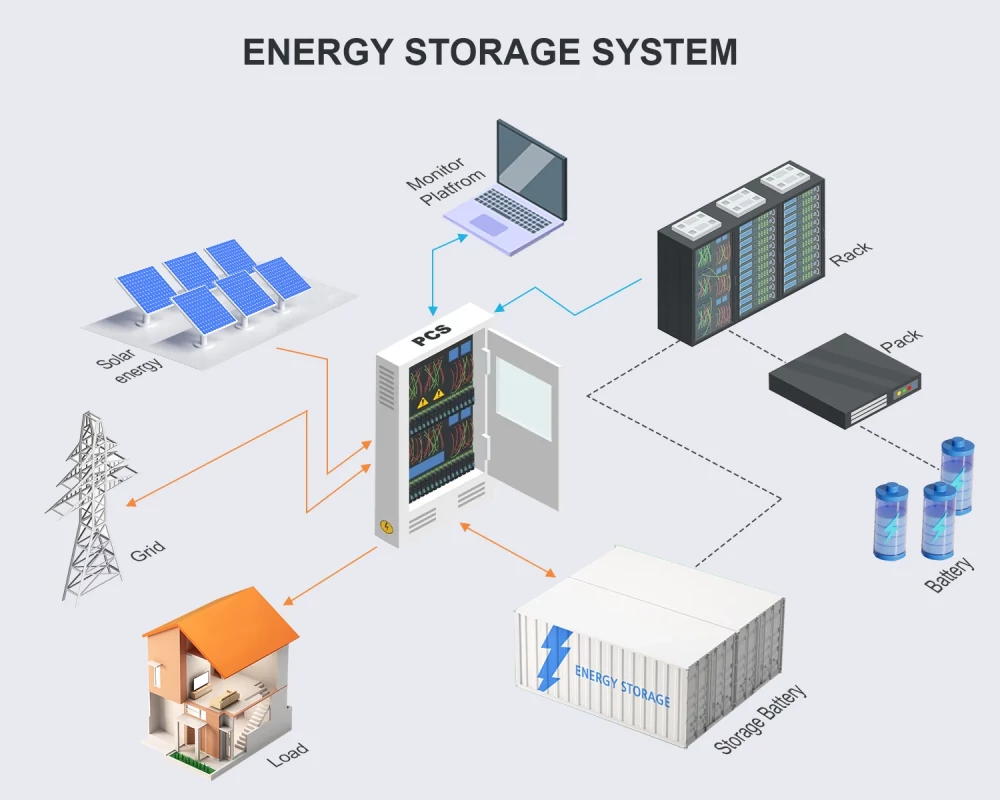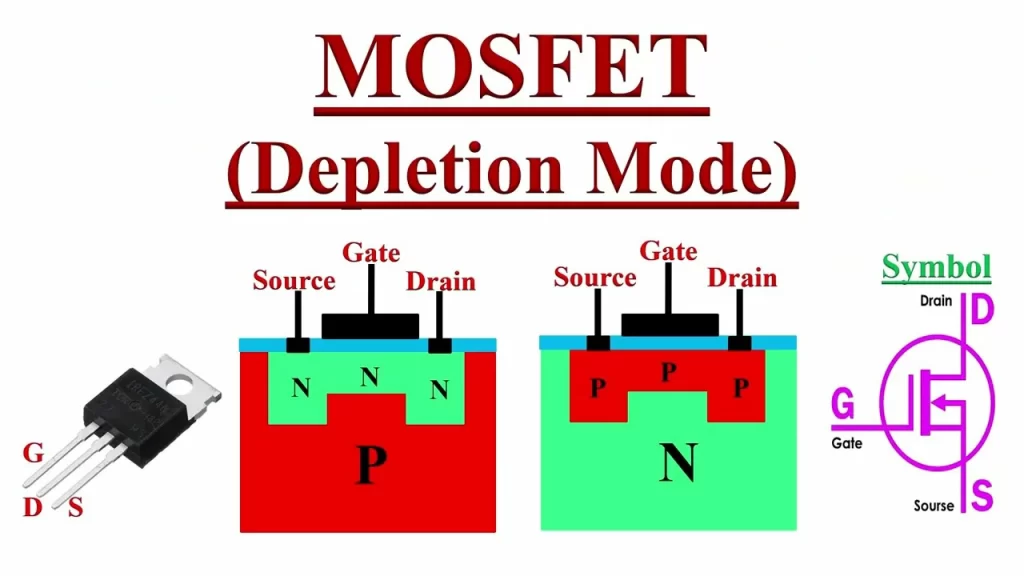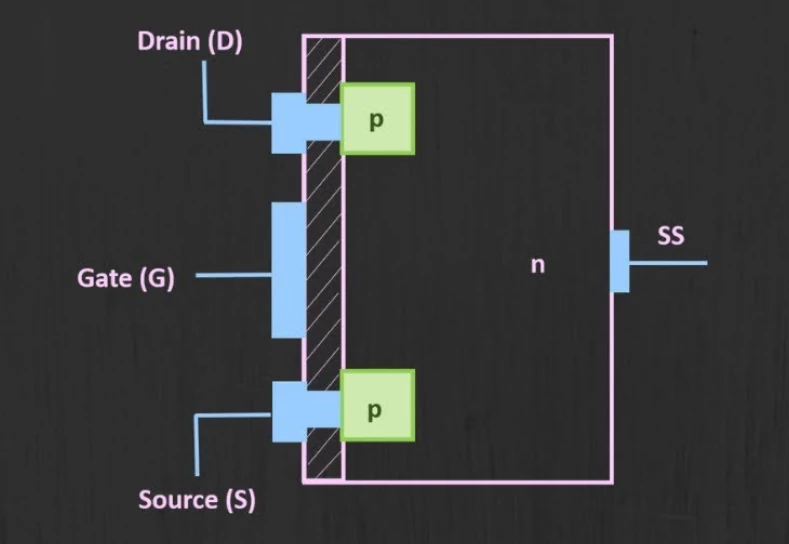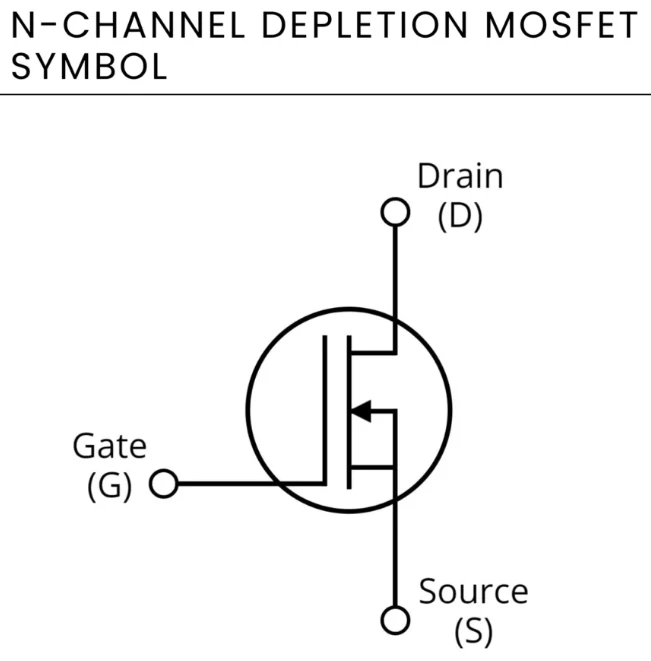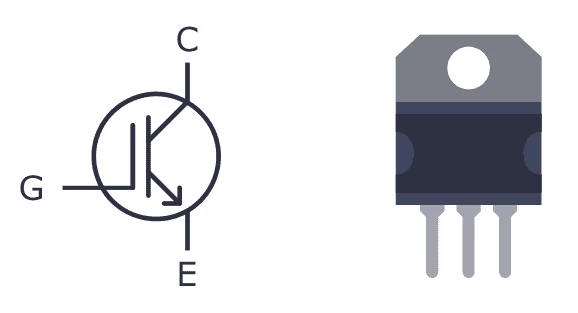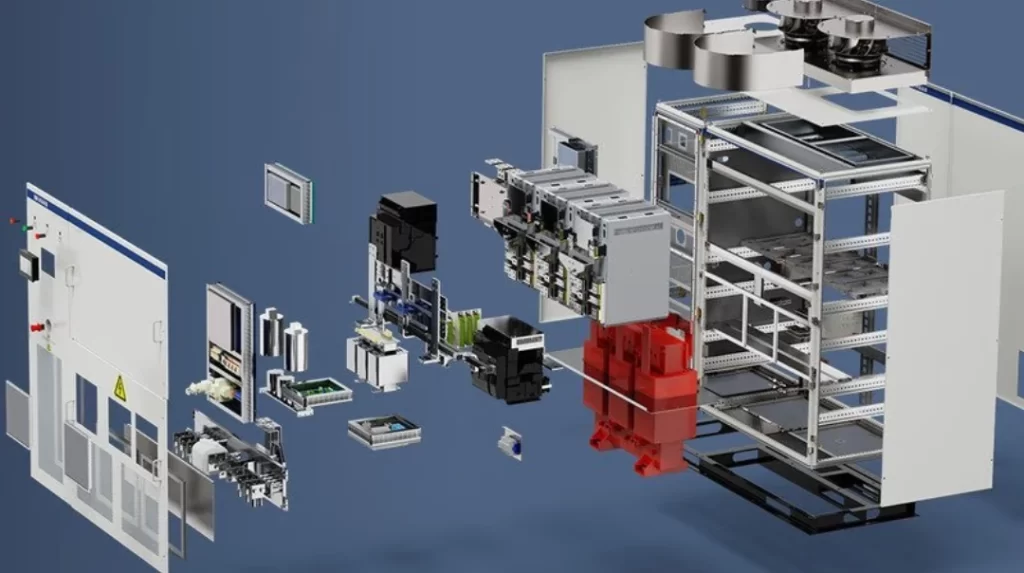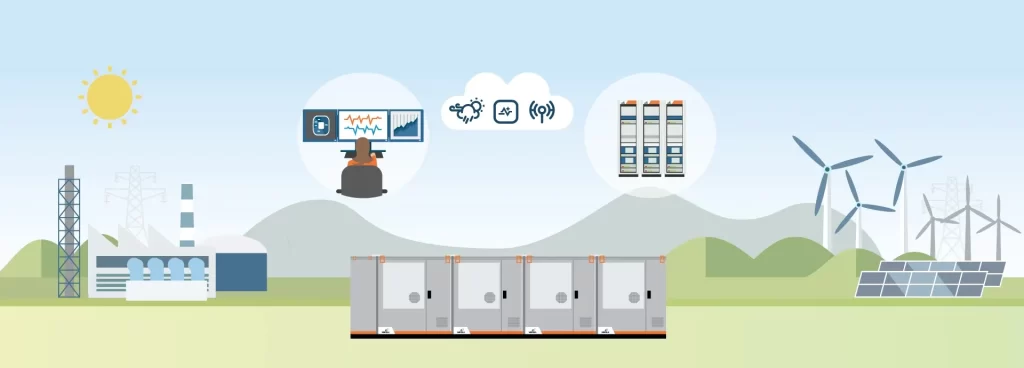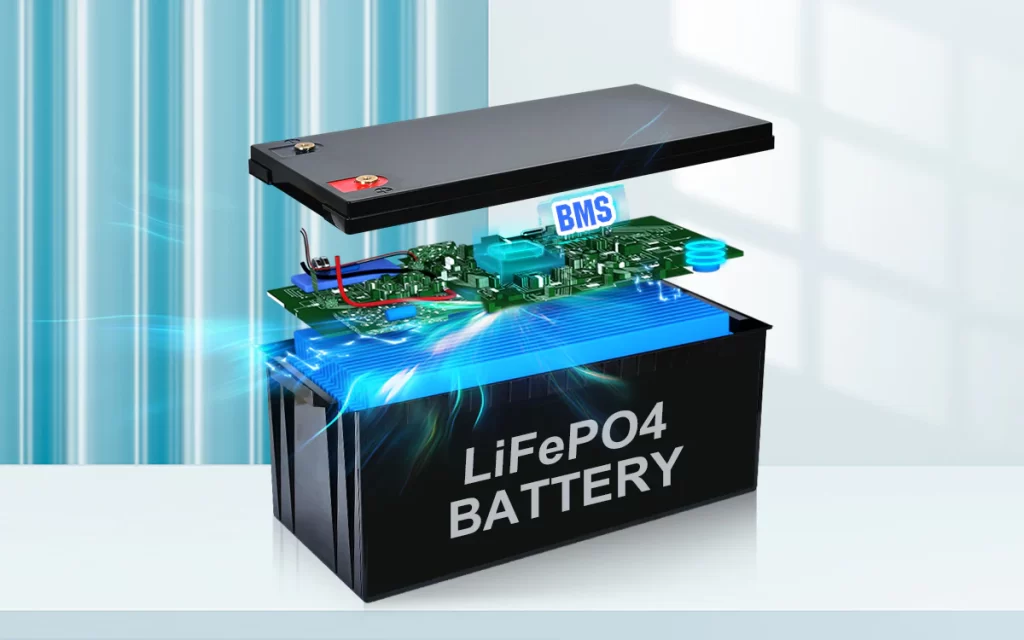PCS routine parameter sorting PCS routine parameter sorting Rated power (kW) :The maximum continuous power output of PCS. Rated input voltage (Vdc) :Rated input voltage on the DC side. Input voltage range (Vdc) :Voltage range in which PCS can operate normally on the DC side. Rated output voltage (Vac) :Rated output voltage on the AC side. Output voltage range (Vac)…
